If your neighbours are constantly playing loud music you are probably getting very tired of the low-frequency bass noise that is travelling through the walls to your house.
Bass is a particular problem because it travels through structures easily. When the bass is cranked up it can feel like it is constantly vibrating through your home and head.
Below is a summary of the 10 best ways to deal with problem bass noise:
- Talk to your neighbors
- Soundproof windows and doors
- Soundproof the walls
- Soundproof the floor and ceiling (apartment living)
- Use Bass Traps
- Use White Noise
- Wear noise-canceling headphones
- Use existing furniture as a block
- Create a separate wall (a room inside a room)
- Install Resilient Channels
Keep reading for full details on how to do each of these effectively.
Bass noise is the most difficult to get rid of and many conventional soundproofing techniques are not particularly effective against it. Fortunately, there are many ways you can dampen and stop bass noise.
A few options include installing acoustic panels or mass loaded vinyl, fitting soundproofing curtains, trying out a white noise machine or using bass traps.
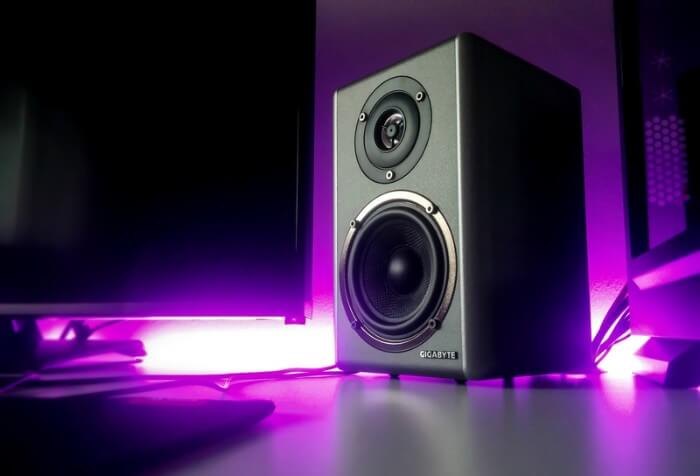
There are many potential options, the amount of time, cost and effort needed vary greatly between each option. Below, we’ve listed 10 of the most effective ways to block bass noise.
Why is it Difficult to Soundproof Against Bass?
Dealing with bass is easier if you understand it so before we take a look at the 10 ways to block bass, let’s take a closer look at what bass is and why it is the most difficult sound to stop or control.
Bass is low frequency and can travel through solid surfaces. You can often actually feel the bass in the form of vibrations on walls and floors.
People who are hard of hearing or deaf can feel the sensation of bass because it is in a way a physical manifestation of the sound.
Key Factors When Blocking Bass
When blocking bass, the technique/ material you use needs to be:
- High-mass
- Noise-absorbing
- Noise-blocking
Your bass soundproofing technique should combine these three elements to effectively dampen and stop the noise.
Now we know a bit more about bass and how to block it, let’s look at effective techniques worth trying:
1. Talk to your neighbours
This is probably not the answer you want to hear but talking to your neighbours is the easiest, cheapest and quickest option.
Of course, they may not be receptive but if they are and reduce the bass noise without any fuss then the problem is solved.
It might be a difficult conversation to have but it should always be your first option because honestly, soundproofing against bass can be expensive and time-consuming.
Did you know: In the U.S & U.K night hours are specified as being between 11pm and 7am.
Between these hours there are set noise levels which should not be exceeded – find out more about this in our article on how late can you play loud music.
It’s well worth trying to deal with the problem in the most simple and quickest way first.
Politely talk to your neighbour face to face about the issue and possible solutions (reducing the noise, turning down the bass or soundproofing their walls).
If you cannot talk to the neighbours directly, talk to the landlord or property manager. If you cannot come to any kind of agreement then the steps below will help you soundproof your home and give you some peace.
2. Soundproof windows and doors
There are 3 easy ways to soundproof your windows and doors:
- Curtains – Windows and doors let sound through as they have gaps but if you install a soundproofing curtain over the top it will help reduce the amount of noise coming in from outside. Soundproofing curtains are very dense so they stop the bass from travelling through.

- Dampening door seals – You can also soundproof doors with dampening door seals. These are strips that you use to cover the gaps from the inside. They are not the most aesthetically pleasing option but they are cheap and effective in reducing bass noise.
- Acoustic panels – you could also place acoustic foam panels on the door to reduce the noise.
3. Soundproof the walls
Bass noise easily travels through the structure of buildings so soundproofing the walls will be a necessary step. This takes time and effort so isn’t the easiest option but it is effective.
In order to install soundproofing material, you will need to strip the wall down to the wooden frame.
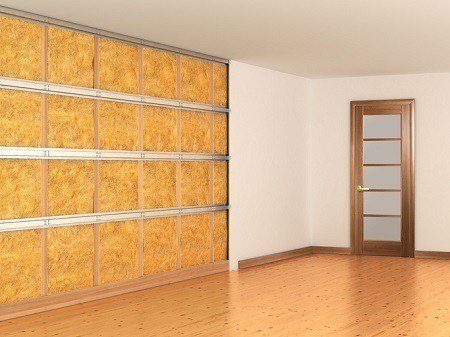
Then, measure the dimensions and make note of electrical outlets and power boxes so you can cut your material to size.
There are multiple materials and methods that can be used to soundproof walls, you can combine two or more of these techniques for even better results. The most important thing is to add mass using noise-absorbing materials:
- Acoustic panels
Acoustic foam panels are the cheapest option and are often used in music studios and clubs because they reduce echoes and reverbs.
Fit acoustic panels in the empty stud cavities to remove any air gaps between the wooden frame of the wall.
- Mass loaded vinyl
Mass loaded vinyl is thin, flexible and can last a long time. It has high-mass so can block sound. The sheets will need to be cut to size and placed over the gaps, they should be nailed to the frame and ideally, the pieces should overlap each other by 2 inches.
Mass loaded vinyl can be used in addition to the acoustic panels. When installing, it is best to start at the top of the frames and work your way down to make sure the top edge is flush with the ceiling.
- Green glue and drywall
If you are installing drywall as a soundproofing measure, it is best to either install two layers of drywall with green glue in between them or invest in dampened drywall which features a soundproofing layer sandwiched in the middle of it.
Having two layers will significantly reduce the amount of noise coming through the wall. Green glue is a soundproofing material that is cheap and easy to use (similar alternatives are available), it will help make sure the drywall is sealed off and airtight.
4. Soundproof the floor and ceiling (apartment living)
If you are living in an apartment, you may want to soundproof the floor and/ or ceiling as bass vibrates through solid structures.
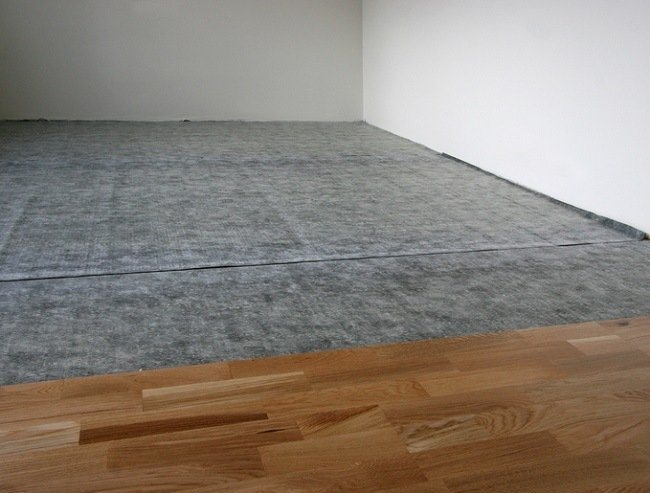
Therefore, it might not be your next-door neighbour that is playing the bass, it could be the people living below or above your apartment.
Soundproofing the floor or ceilings can stop the bass from vibrating through your house.
- Floor – as soundproofing floors can be difficult, the easiest way to dampen sound is by putting a heavy rug or carpet down.
This is often enough to absorb bass vibrations that are coming through the floor. Ideally, you want a rug or carpet that is thick, dense and heavy.
You could also install drywall between the floor and carpet but this can be more difficult and time-consuming to achieve.
- Ceiling – There are two key ways you can soundproof your ceiling. First is installing a layer of drywall. You can use double drywall and green glue to get the most effective results.
Another option is to install acoustic foam on your ceiling, these panels often come in different shapes, sizes, colours and designs so you should be able to find panels that work with the style of your apartment. The panelling will then need to be fitted to the ceiling to act as a barrier against the bass noise.
5. Use Bass Traps
A bass trap is designed to dampen low frequencies. They absorb the sound energy and turn it into heat energy.
This means when the bass vibrations come into contact with the bass trap it loses its amplitude as the trap takes the kinetic energy and uses friction to turn it into heat energy.
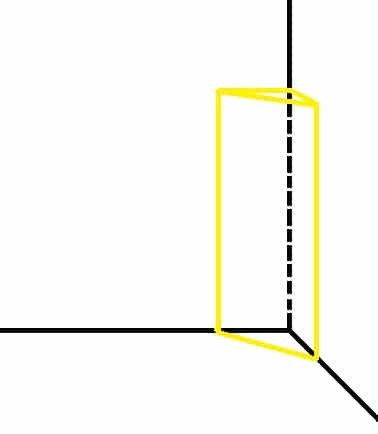
Bass traps are often installed inside home recording studios and work best if they are placed in corners or on flat walls. Placing the traps in the corners or on flat walls helps to reduce low-frequency build-up while using the least amount of space.
Bass traps can be a viable option to help reduce the bass but they should be used alongside other methods as you’re unlikely to get an effective result using just bass traps.
6. Use White Noise
White noise is often used to block sound frequencies and it can be effective against low-frequency bass too.
White noise machines are a great way to block low-frequency sounds as they use a combination of all frequencies detectable by humans.
Using a white noise machine on its own will not give you great results but using it alongside some of the other techniques mentioned will work well.
A white noise machine is an affordable device that will dampen sounds without the need for drilling holes or taking apart walls.
A white noise machine makes a humming noise but some can also play different sounds (such as ambient sounds and nature) so you will not get silence but at least it will help eliminate other noises and can even improve your quality of sleep.
7. Wear noise-cancelling headphones
You might be looking at some of these tips and thinking, “this is more work than I thought it would be” and that’s okay.
You could try noise-cancelling headphones, they can be a really simple way of blocking out the noise of neighbours without needing to get the toolkit out.
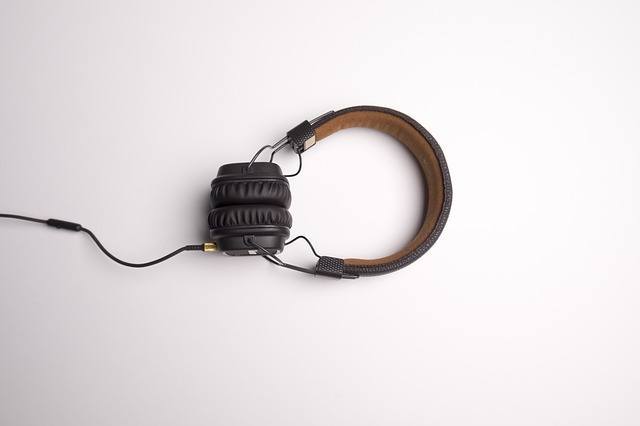
Noise-cancelling headphones suppress outside noise and allow you to listen to your favourite podcast, music or audiobook without it being ruined by your neighbour’s party.
They also allow you to listen to your chosen media without needing to compete with the other noises around you by cranking up the volume (and potentially damaging your ears).
8. Use existing furniture as a block
Another low-cost, simple option is to use bookcases, wardrobes or heavy furniture you have at home to block the dividing wall between you and your neighbours.
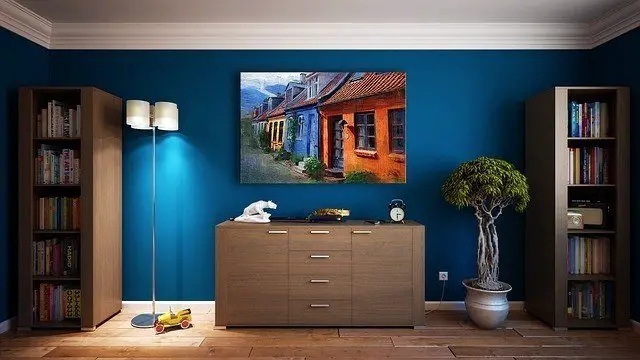
The furniture will dampen more of the sound and you could even put a soundproof blanket onto the back of the furniture to give another layer to absorb the bass.
This is an inexpensive way to lessen the bass noise you experience using the items you have in your home.
9. Create a separate wall (a room inside a room)
This may sound ridiculous but it works, if you build a separate wall that does not touch the pre-existing room structure (essentially creating a room within a room) you can soundproof it.
It removes the structural noise as the bass frequency would disperse in the space between the two walls rather than vibrating through the new, inner walls.
Creating a room within an existing room is not going to be cheap and will take time so keep this in mind. This technique works because bass sound travels through bricks and concrete so travels through walls with ease.
By building another wall that is separate from the existing wall you take away the space the bass energy uses to travel and give it nowhere else to go.
10. Install Resilient Channels
Another, less extreme, version of creating a room inside a room is to install resilient channels. Resilient channels are metal flexible strips of metal that are designed to improve the sound insulation of walls and ceilings.
They can be installed in between drywall and stud-work to make decoupling more efficient.
Resilient channels act as shock absorbers but they need to be properly installed to be effective.
Blocking Bass in Summary
Bass isn’t the easiest noise to soundproof your home against but it is possible.
Hearing bass constantly can leave you wanting to tear your hair out but this list of 10 solutions should help you sort the problem.
Remember, your neighbours might not realise how the bass of their music is impacting you so talking to them in a peaceful, polite way could be the answer.
Some of the listed solutions are simple, affordable and take very little time to put into practice while others require a lot of time, effort and money.
Some are solutions that involve no structural work at all whereas others are permanent changes that will soundproof your home for years to come.
We hope within these suggestions you will be able to find at least one or two that work for you in your battle against bass noise.
As an Amazon Associate I may earn a small fee from qualifying purchases at no extra cost to you. This helps us run the site, so thanks for your support!